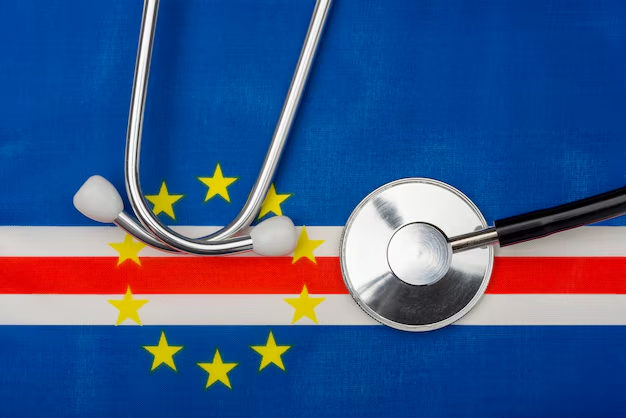Did Donald Trump Have an Impact on Medicare Premiums?
In the ever-evolving landscape of American healthcare, Medicare premiums have been a focal point of discussion, especially during election years. Did Donald Trump actually lower Medicare premiums during his presidency? The answer isn't straightforward, but let's unpack the decisions made and their implications.
During President Donald Trump's tenure, several executive actions and legislative proposals aimed to reform various aspects of the healthcare system, including Medicare. However, the claim that he directly lowered Medicare premiums requires a deeper dive into policy details and outcomes.
Understanding Medicare Premium Changes
Medicare premiums, particularly for Part B, are primarily determined by healthcare spending and the social security cost-of-living adjustments (COLA). While the Trump administration's policies did not explicitly mandate lower premiums, several actions were intended to curb rising healthcare costs overall, which could indirectly affect future premiums.
One notable measure was the 2018 proposal to reduce prescription drug prices. The policy aimed to tie certain Medicare drug payments to prices paid in other advanced countries, seeking to lower patient expenses. Though implementing this rule faced legal challenges, the administration argued it could have set the stage for broader savings across the healthcare spectrum.
Moreover, the Affordable Care Act's repeal efforts were a major legislative push during Trump’s presidency. While unsuccessful in Congress, the administration did take regulatory steps that shaped the insurance market and public healthcare programs like Medicare.
Other Paths to Lower Healthcare Costs
While direct cuts to Medicare premiums were not delivered, the Trump administration pursued policies that might indirectly lower costs long-term. For beneficiaries seeking relief from rising premiums, understanding alternative financial aid options is crucial.
Government Aid Programs
The Medicare Savings Programs (MSPs) help cover premiums for individuals with limited incomes. Qualifications and benefits vary by state but can significantly reduce out-of-pocket expenses.Financial Assistance
The Low Income Subsidy (LIS), or "Extra Help," offsets prescription drug costs for eligible individuals under Medicare Part D.Debt Relief and Credit Card Solutions
Addressing personal debt can stem the tide of rising costs. Many nonprofits offer debt counseling to help individuals balance health-related expenses without over-relying on credit cards.Educational Grants
For those interested in learning to better manage their finances or even transition into a healthcare-related career, various educational grants and scholarships are available. These can empower individuals to better navigate both their healthcare and financial landscapes.Long-term Insurance Options
Exploring Medicare Supplement Insurance (Medigap) or Medicare Advantage Plans can offer additional protection against unexpected medical expenses.
Exploring Financial Opportunities
🔍 Financial Assistance Programs:
- 🌟 Medicare Savings Programs (MSPs)
- 💊 Low Income Subsidy (LIS) for Part D
💼 Debt Management & Relief:
- 📈 Nonprofit credit counseling
- 🔄 Debt consolidation options
🎓 Educational Opportunities:
- 🎓 Scholarships for healthcare careers
- 📚 Courses for financial literacy
🏥 Insurance Options:
- 🛡️ Medigap policies
- 🌐 Medicare Advantage Plans
While Donald Trump's administration did not explicitly lower Medicare premiums, several initiatives sought to reduce the financial burden of healthcare. Understanding the various financial assistance programs and prudent planning can empower beneficiaries to manage their healthcare costs effectively.

Related Topics
- a Medical Provider That Accepts Medicare Assignment Must
- a Medical Provider That Accepts Medicare Assignment Must Quizlet
- a Medicare Patient Received Treatment That Isn't Covered By Medicare
- a Medicare Patient Receives Treatment That Isn't Covered By Medicare
- a Medicare Supplement Basic Benefit Is Quizlet
- a Medicare Supplement Companies
- a Medicare Supplement Policy Is Quizlet
- a Medicare Supplement Policy Must Not Contain Benefits Which
- a Patient Received Treatment In August Medicare
- Am I Eligible For Medicare